Italy’s associated with many things – sports cars, wine, pasta… and, obviously, pizza. But what does a real Italian Neapolitan pizza actually look like? What ingredients are used and what are its characteristics? Let’s find out!
We hopefully don’t need to introduce you to pizza – it’s traditionally a cheap meal prepared by the poorer inhabitants of Italy. It consists of yeast dough with sauce and cheese. In every place in Italy, pizza is prepared in a slightly different way, but the most famous is, of course, the pizza from Naples.
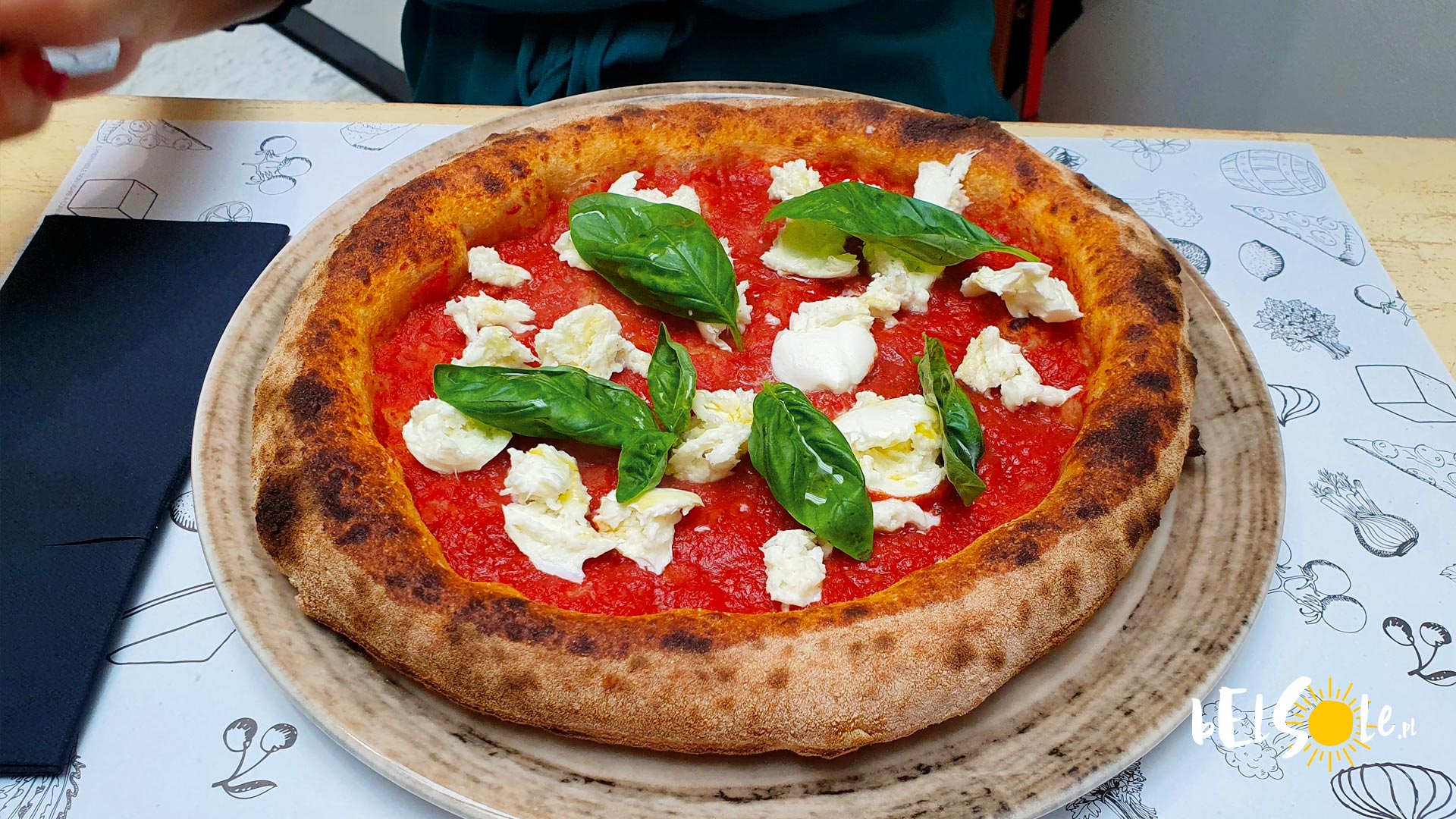
The Neapolitan pizza (pizza napoletana) is a product registered as a TSG – Traditional Speciality Guaranteed – in the EU and the UK. Making Neapolitan pizza is also a part of UNESCO’s Intangible Cultural Heritage.
Naples-style pizza is prepared in a wood-fired oven with a very thin crust and decidedly taller edges. Its foundation is tomatoes and mozzarella cheese (specifically buffalo mozzarella, from the milk of the Italian buffalos). It’s a pizza you really have to eat hot, as it loses a lot when cold. Traditionally, Neapolitan pizzas include Margheritas, Marinaras and Margherita DOP.
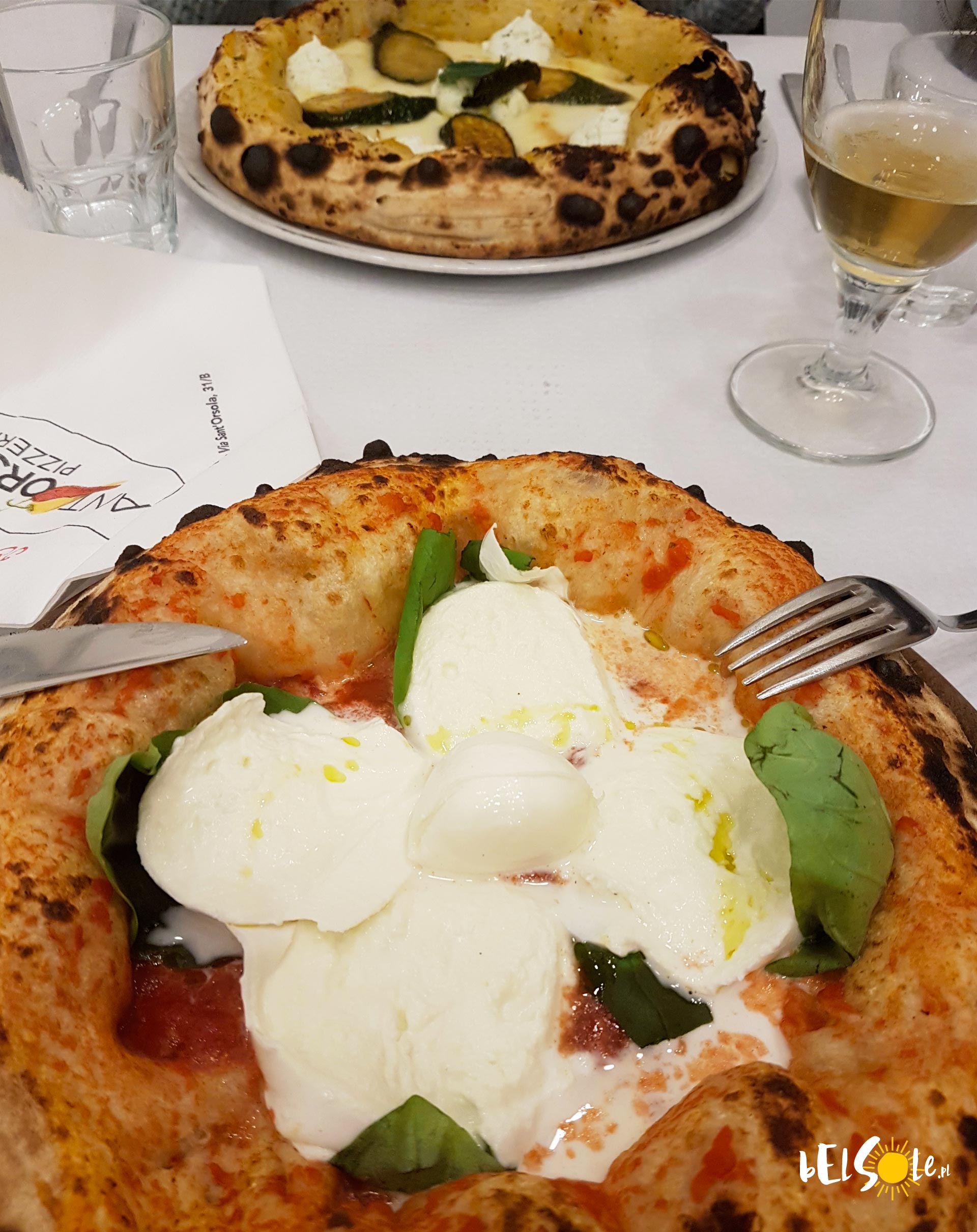
The downside of the Neapolitan pizza is that, sometimes, for less experienced chefs, a literal puddle of water forms in the middle of the pizza. Some establishments have found a way to go around it – using cheaper, regular non-buffalo cow cheese.
Neapolitan pizza dough

The dough for a Neapolitan pizza is traditionally prepared with type 00 flour. The dough is kneaded slowly by hand and then left to rise. The ready dough is then shaped into a circle and worked really thin with taller edges.
The pizza is prepared in the oven at a very high temperature – it takes about 70 seconds to bake, preferably in a traditional wood-fired oven at a temperature of around 400-450 degrees Celsius. Variants include marinara with tomatoes, garlic, oregano and oil and margherita with mozzarella, basil, oil and tomatoes. Some believe that only San Marzano tomatoes can be used for the original pizza.
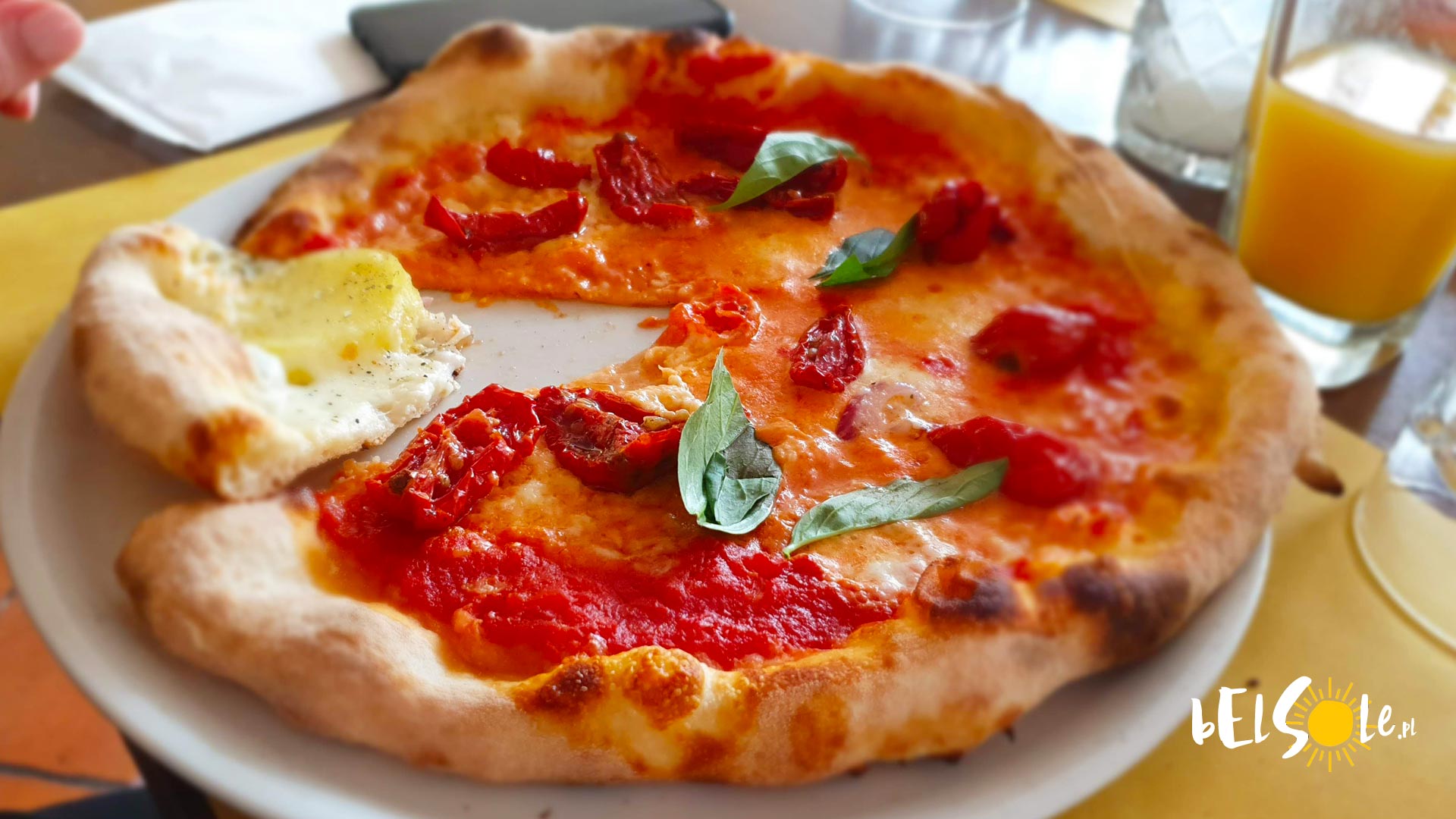
Among the most famous pizzerias in Naples are the two establishments we visited, L’Antica Pizzeria da Michele and Gino e Toto Sorbillo. Pizzeria Di Matteo is also one of the more famous establishments.
Pizza portafoglio

One interesting note is that Bill Clinton used to visit the Di Matteo pizzeria and he ate his pizza as a Portafoglio. Though you may not know it by name, you’ve surely seen it – Portafoglio is the ‘wallet pizza’, ergo folding the pizza like a little wallet. It’s a classic street food in Naples and, though Clinton obviously did not invent it, he did help it spread a little. In reality, it was likely known since the 18th century.
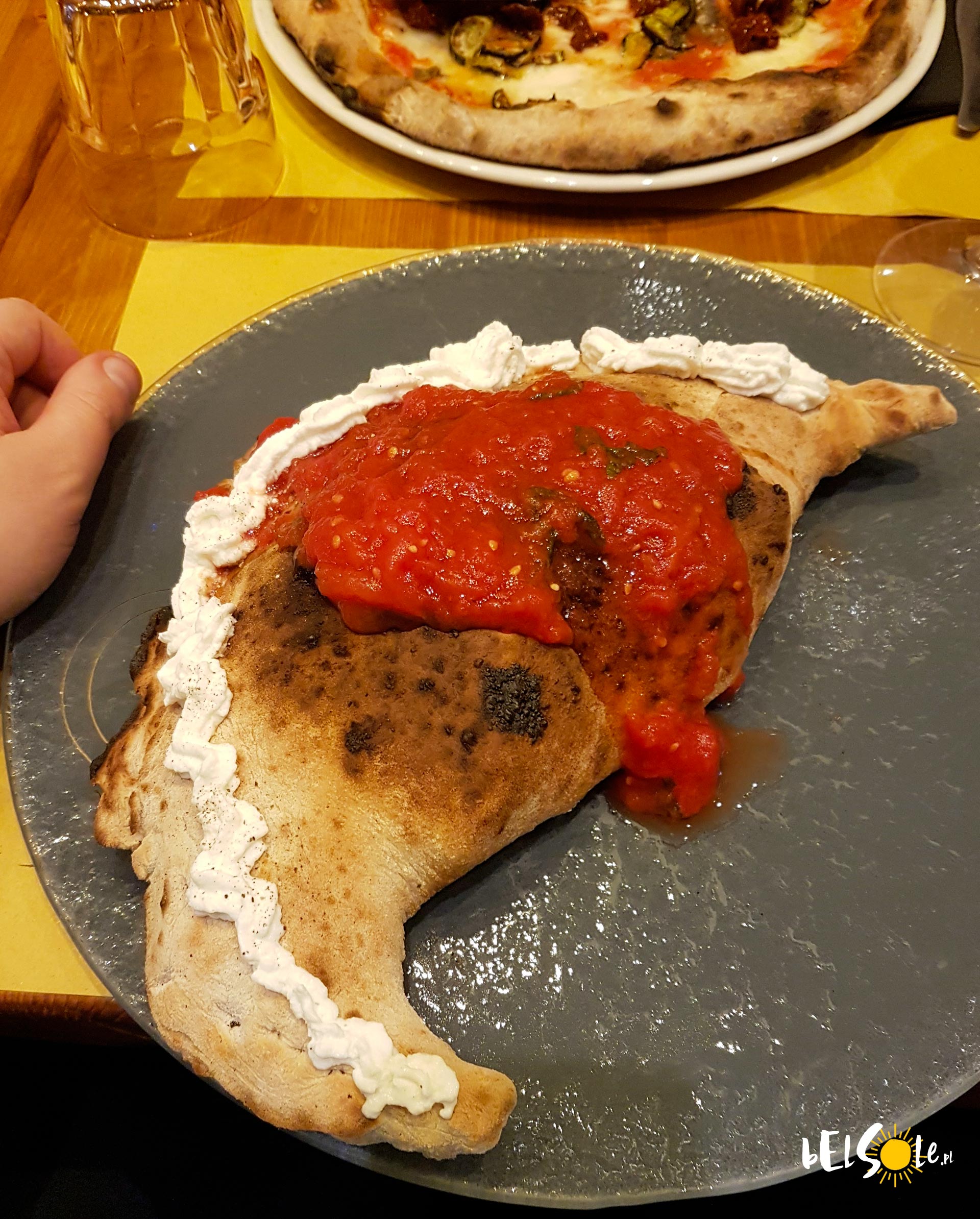
Now, we’ll leave you with photos of the various Neapolitan pizzas we’ve encountered in our journeys – both traditional and the more original ones. Enjoy!




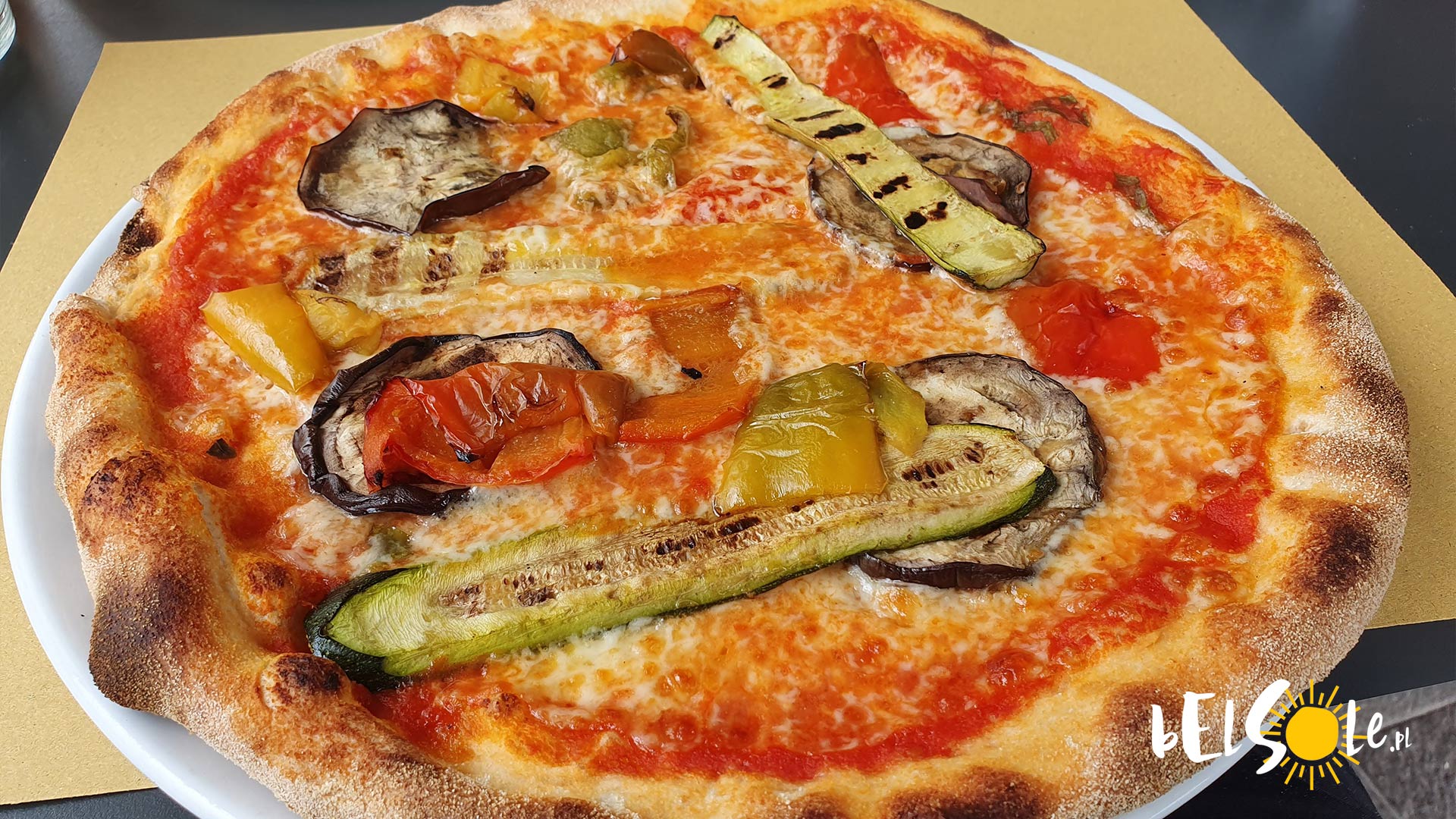


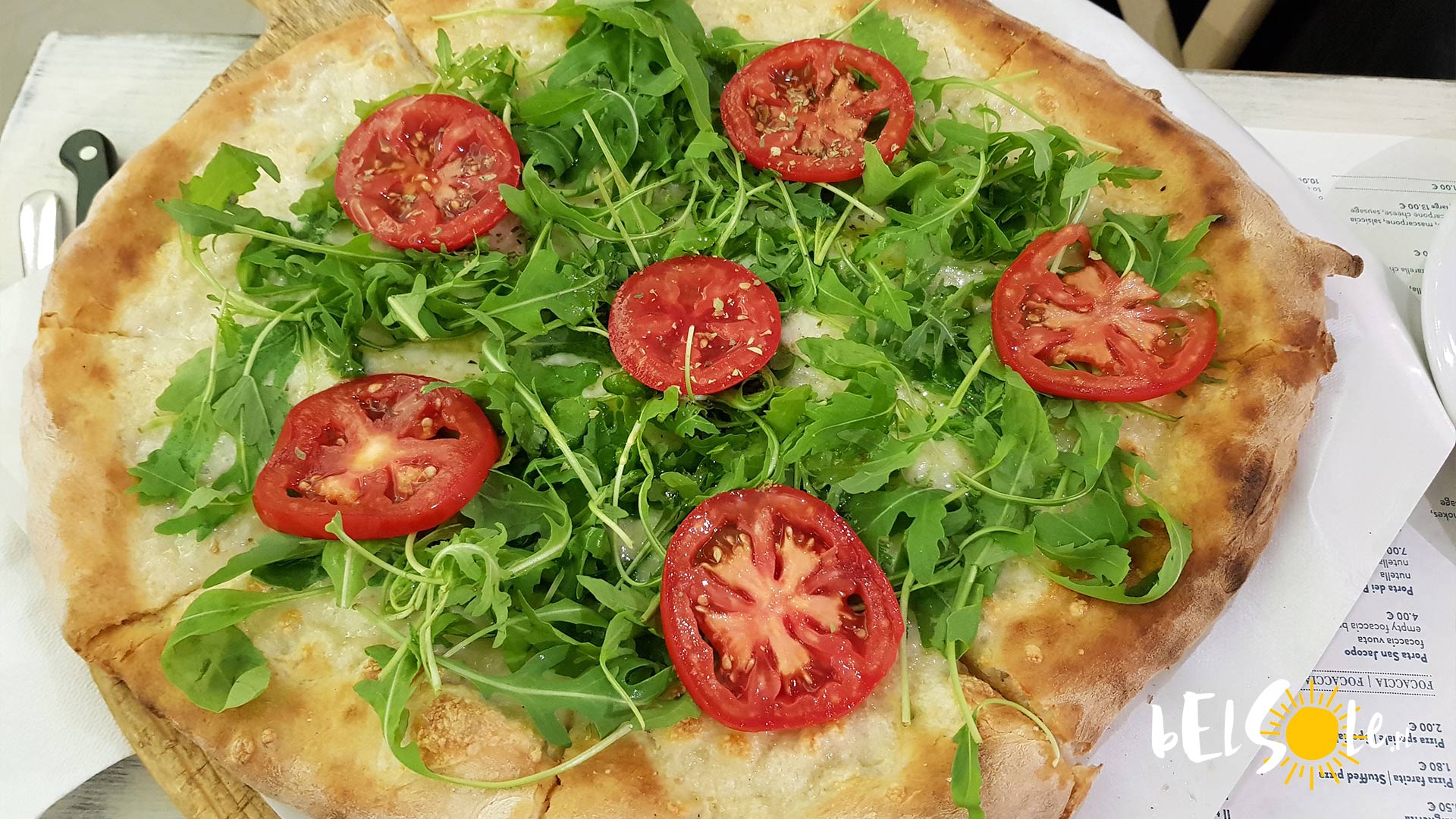
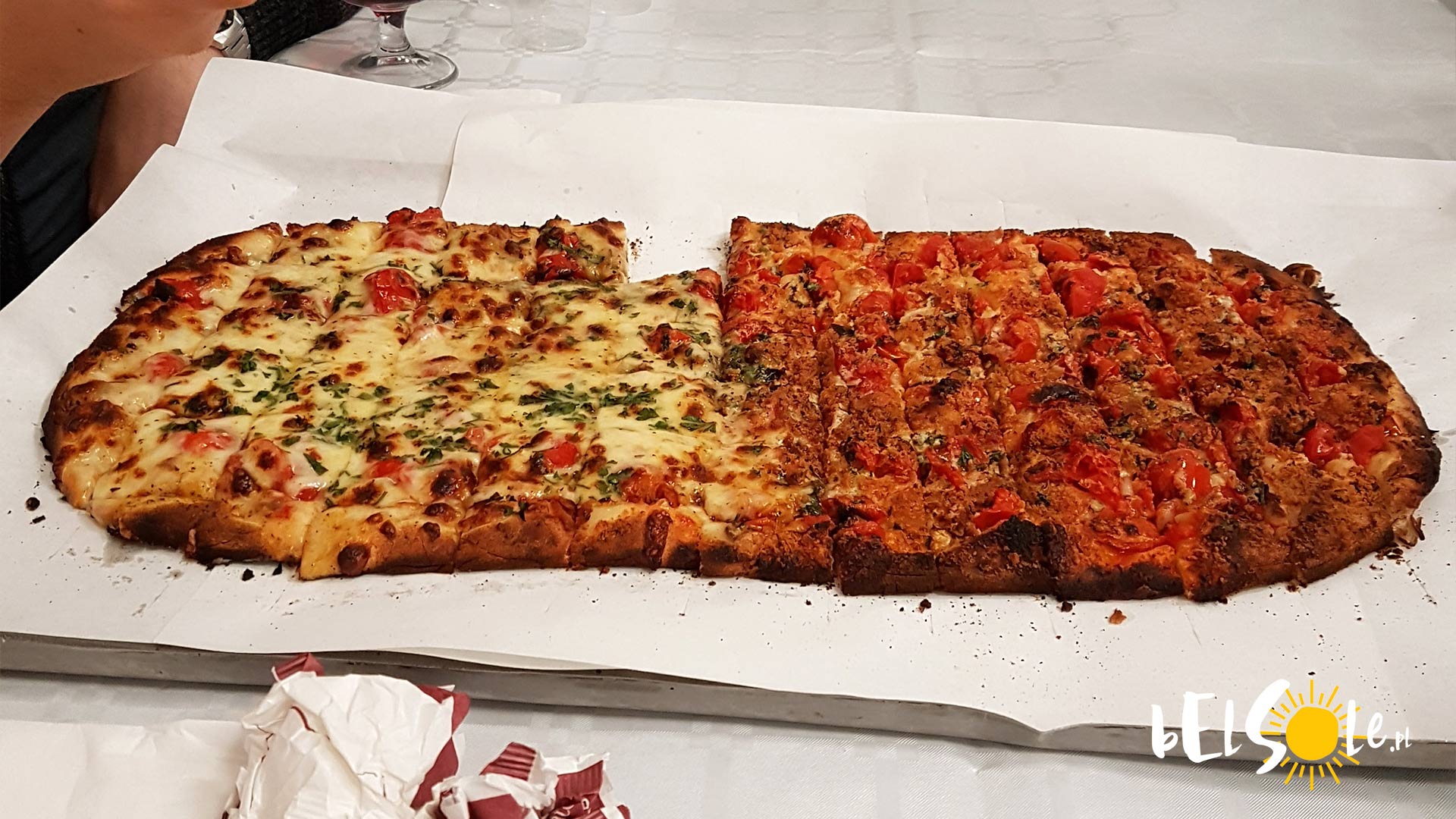
See also:






